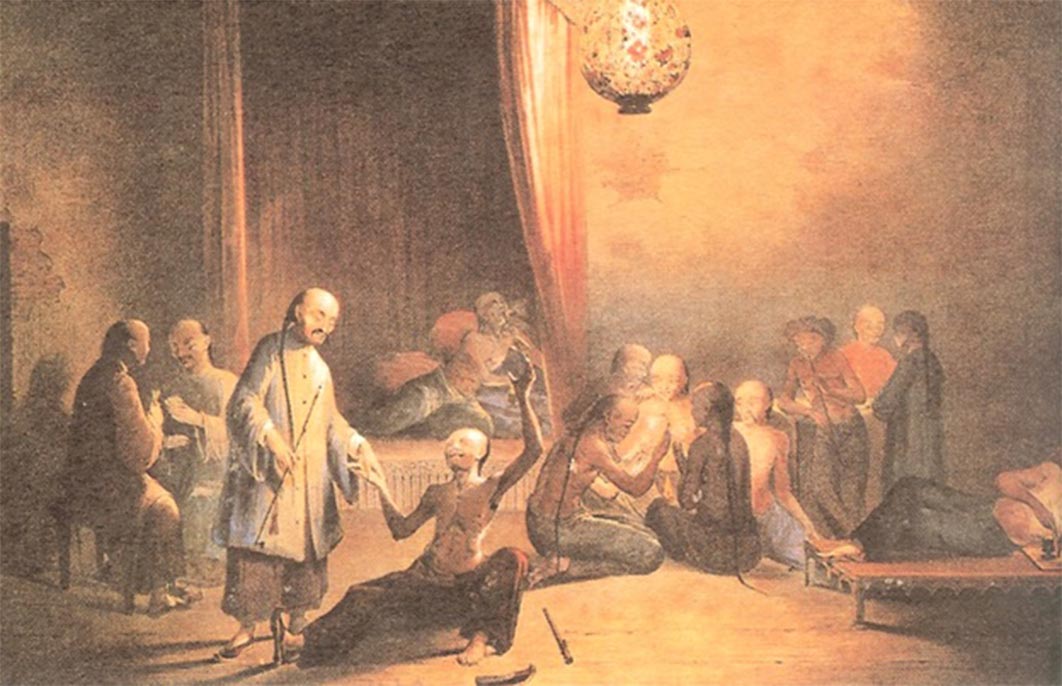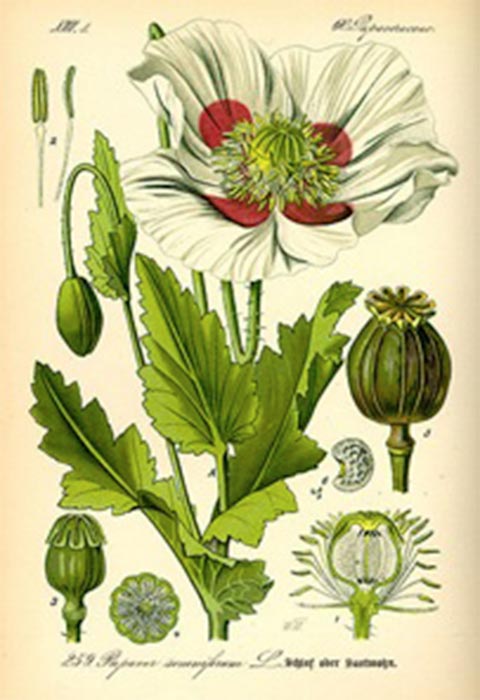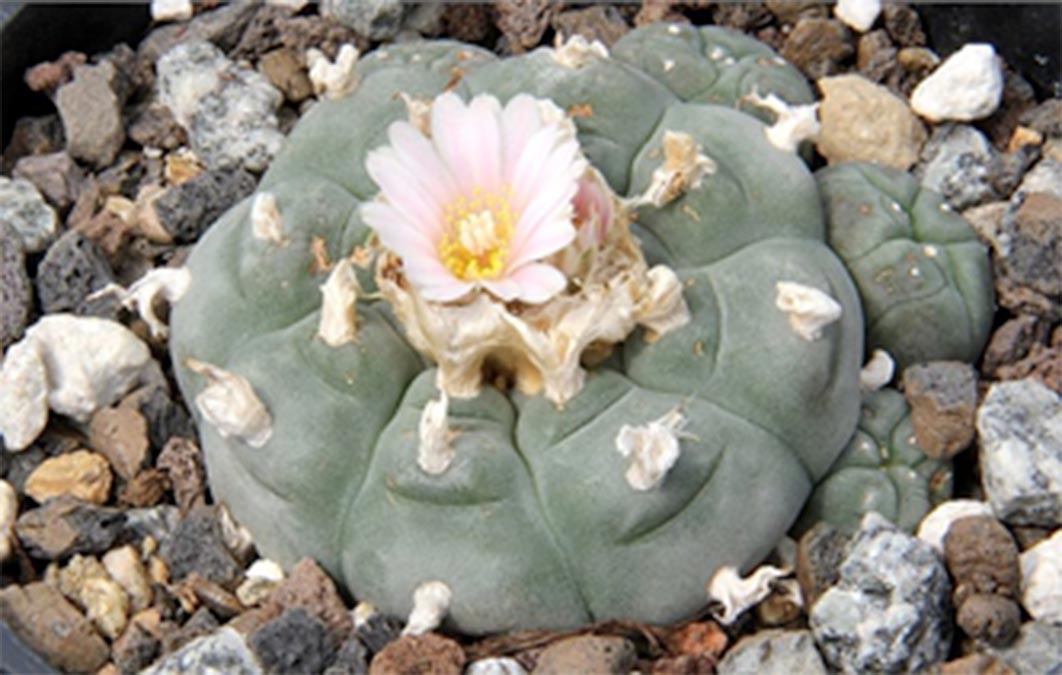
The Highs And Lows Of Ancient Heroin And Cocaine
For two centuries archaeologists and anthropologists have uncovered evidence of the ritual and medicinal application of mind-altering drugs which were central components in ancient human cultures. While much has been written about the use of ‘magic mushrooms’ and other hallucinogenic fungi in prehistoric cultures, less is said about the use of opium (heroin) and coca (cocaine), which have both developed from being ancient healing and ritual plants to social poisons, but modern societies can learn much from man’s ‘primitive’ ancestors’ use of these two highly abused substances.

Papaver somniferum, commonly known as the opium poppy is native to the eastern Mediterranean but is now naturalized across much of Europe and Asia. (Public Domain)
Archaeological Evidence of Ancient Drugs
According to a 2015 review by Dr. Elisa Guerra-Doce, an associate professor of prehistory at the University of Valladolid in Spain: “It is generally thought that mind-altering substances, or at least drugs, are a modern-day issue, but if we look at the archaeological record, there are many data supporting their consumption in prehistoric times.” The fossils of psychoactive plants and the residues of alcohol and psychoactive chemicals found on pottery and depicted in prehistoric art, offer archaeologists information about how hunter-gatherer ancestors gathered natural plants, what their preferred pharmacological species were, and how this knowledge spread with migrations.

An artist's view of an Ottoman opium seller by F. W. Topham (London: E. Bell, c. 1850) (Public Domain)
Migration of Ancient Drugs
According to Dr Vetulani’s 2001 paper Drug addiction. Part I. Psychoactive substances in the past and present published in the Journal Pharmacol, fossil remains of the hallucinogenic San Pedro cactus were discovered in a Peruvian cave dating back to between 8600 and 5600 BC and mescal bean seeds were found in what is now southern Texas and northern Mexico from the end of the ninth millennium BC to 1000 AD. Small stone sculptures called ‘mushroom stones’ found in Guatemala, Mexico, Honduras and El Salvador suggest hallucinogenic mushrooms were used in sacred cults between 500 BC and 900 AD.

San Pedro (Echinopsis pachanoi) is a hallucinogenic cactus native to the Andean slopes of Ecuador and Peru which is a South American cousin to the Central American peyote.( Peter A. Mansfeld/ CA BY-SA 3.0)
Besides hallucinogens, psychoactive substances have been used for medicinal purposes and in religious ceremonies ranging from stimulants like tobacco (nicotine) and coca (cocaine) in South America to the deeply sedative effects of poppy (opium) and hemp (cannabis) which originated in Eurasia. Beginning with the latter, a 2018 paper published on the Journal Science by archaeologist Luca Peyronel, of the International University of Languages and Media in Milan, Italy, explains that the Yamnaya people swept out of Central Asia about 5000 years ago, leaving their genes in most living Europeans and South Asians, and they transported cannabis to Europe and the Middle East.”




